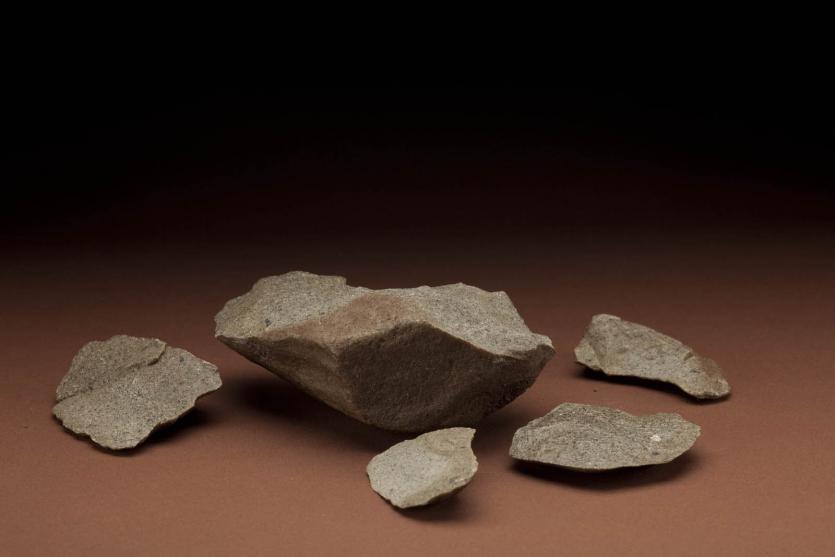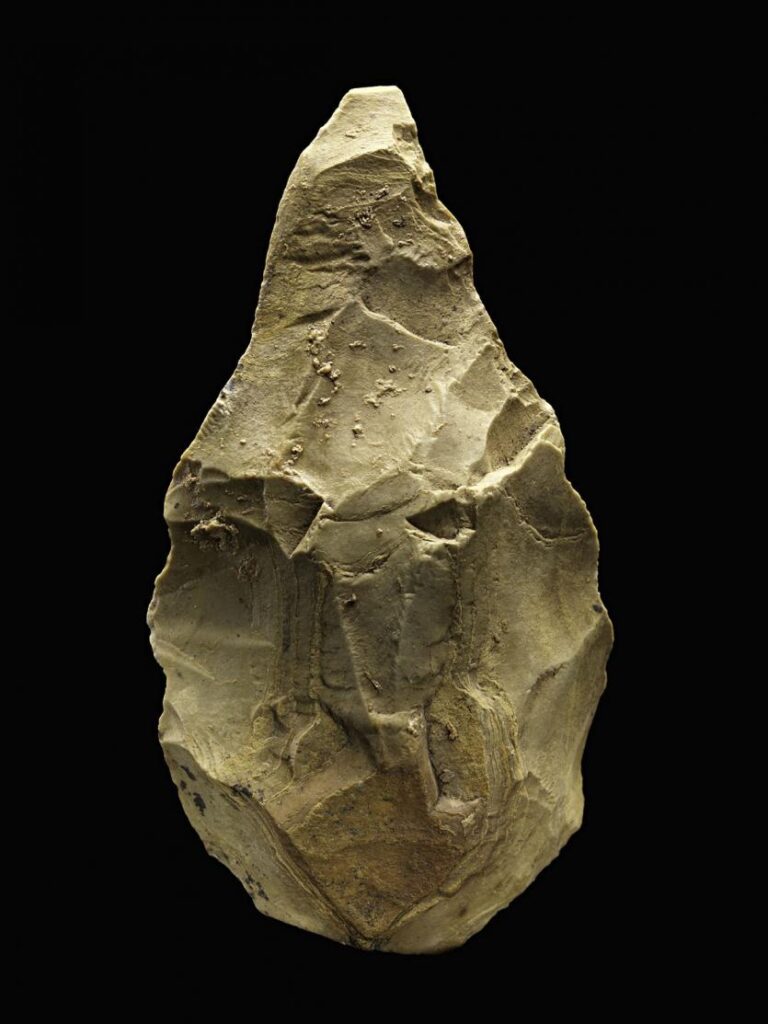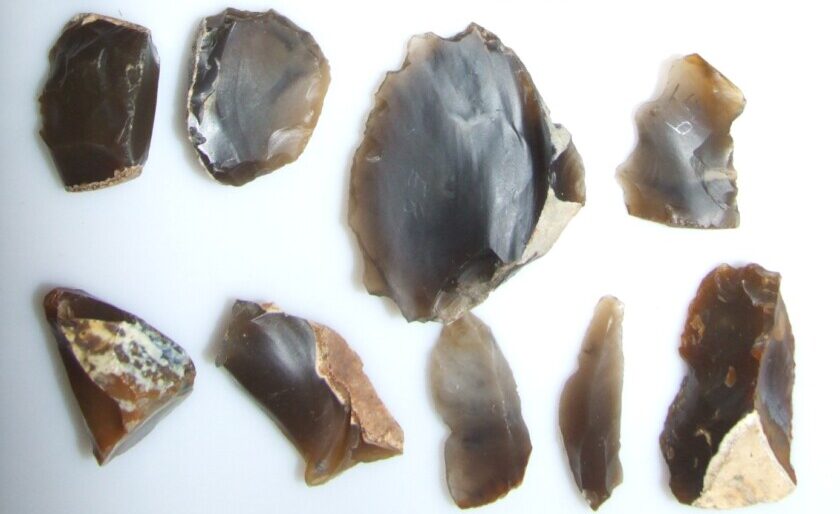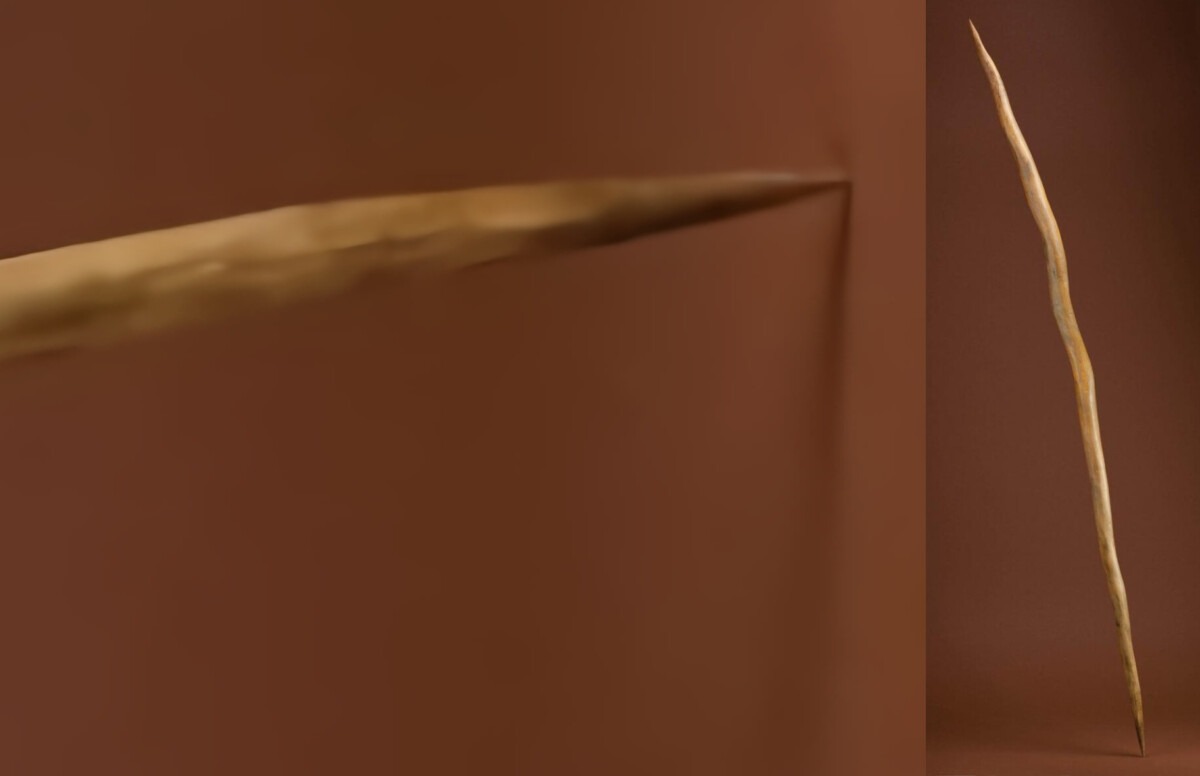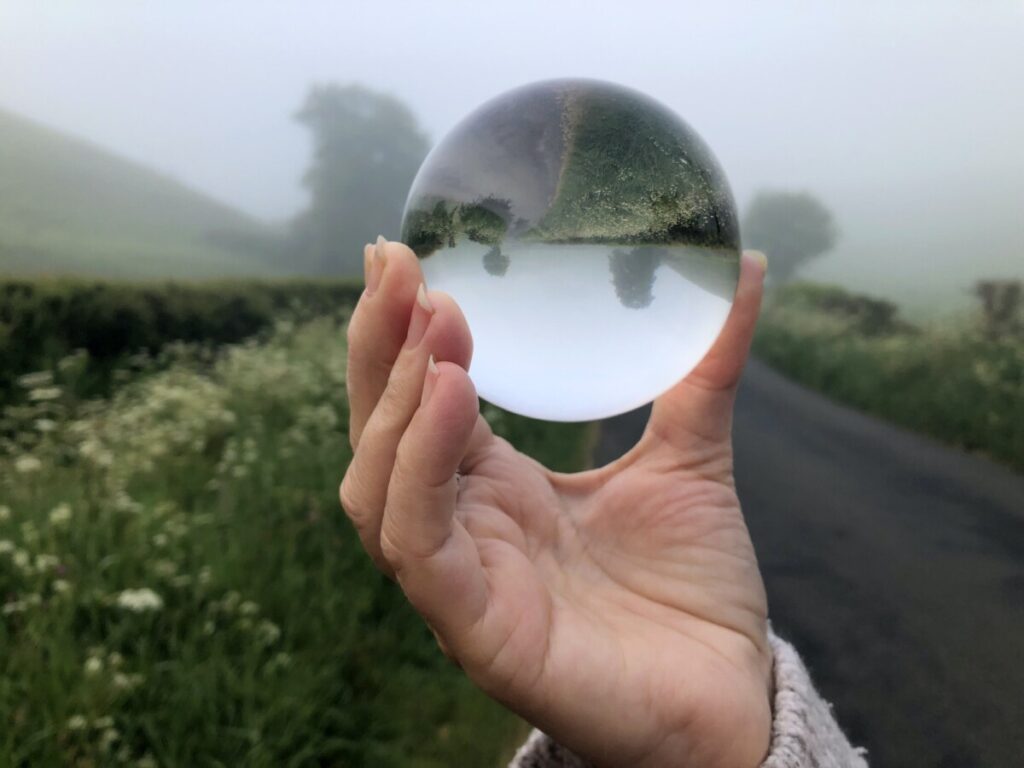BEFORE 1000 CE Edition: This timeline focuses on scientific discoveries. It focuses on our empirical observations and our rational ideas about them. For context, this includes a few significant historical stories and their rediscoveries. The empirical, rational, and history filters are in chronological order by event. The rediscoveries filter switches to when modern humanity learned about them. Sometimes an event is the same for the first three and the rediscoveries filter, sometimes not. For example, our empirical discovery of the microscopic work with the invention of the microscope in 1590 has only one entry. However, the currently earliest known library of Ebla has two entries: one in the 24th century BCE when it existed and one in the 1970s when it was rediscovered.
- Empirical: Observations about the universe as it is now including existing archaeological artifacts and scientic observations.
- Rational: Rational ideas that are not historical stories nor empirical observations. Things like the Earth is spherical, dinosaurs once existed, and algebra that are rationally sound and do not conflict with empirical data.
- Rediscoveries: A timeline of when we learned about things. The “when” an idea entered, or returned to, our “current” common knowledge.
A Timeline of Discoveries
Switch to After 1000 CE Edition.
The earliest known stone tools date back to at least 2.6 million years ago. These basic stone tools were made and used by early humans–hominids. Did they also use wood tools? Sure, or at least very likely, but we have yet to find any preserved back as far as stone tools which hold up to the test of time much better than wood.
The stone tools include hammerstones, stone cores, and sharp stone flakes. By about 1.76 million years ago, early humans began to make Acheulean handaxes and other large cutting tools.
By about 1.76 million BCE, early humans began to create hand axes. They would strike really large flakes, then continue to shape them around the edges. The hand axe pictured dates to circa 1.1 million BCE. It was found at Isampur, India.
Burned flint tools dated to circa 790,000 BCE were discovered at Gesher Benot Ya’aquov, Israel. Control of fire is one of the key traits of the genus Homo.
Homo heidelbergensis: Long spears made hunting large animals more safe. The oldest wooden spears found so far were found in Germany and dates to circa 400,000 BCE. In fact, they are currently the oldest known wooden artifacts. The find included 3 wooden spears, stone tools, and the butchered remains of more than 10 horses.
These spears have the same qualities as modern tournament javelins and can be thrown over 200 feet. The workmanlike qualities of the heavily worked wood were similar to modern javelins where the heaviest thickest part of the spear, the center of gravity, is in the front third.
Since grain is easy to grow, does this suggest agriculture might have started a few thousand years earlier? Under study, but the discovery of bread-making from around 14,000 years ago indeed suggests that humans were experimenting with grains before the widespread adoption of agriculture, which is traditionally dated to about 12,000 years ago with the Neolithic Revolution.
In the shadow of history, nestled within the Black Desert of northeastern Jordan, lies the cradle of one of humanity’s most enduring culinary and cultural achievements: the invention of bread. Around 14,000 years ago, long before the dawn of agriculture and the domestication of cereal grains, the Natufian hunter-gatherers embarked on a gastronomic adventure that would forever change the course of human society.
In the highlands of Mexico, the story of maize, or corn, begins with its ancestor, teosinte. Through centuries of selective breeding, Indigenous peoples transform this humble grass into corn.
The earliest known use of plaster dates back to around 9000 BCE, with evidence from the ancient site of Çatalhöyük in modern-day Turkey. Here, Neolithic inhabitants utilized plaster made from lime to coat the floors, walls, and even ceilings of their mud-brick houses. This early application of plaster represents a significant technological innovation, indicating a sophisticated understanding of construction materials and their protective and aesthetic properties. The use of plaster enhanced the durability and appearance of architectural structures and had practical health benefits, such as preventing infestations and regulating indoor climates.
In the lush, fertile lands of the Yangtze River Valley in ancient China, early inhabitants achieved a milestone that would revolutionize human society: the domestication of rice. Around 8,000 BCE, these innovative communities began to cultivate wild rice, laying the groundwork for sedentary agriculture and complex civilizations. This agricultural breakthrough not only provided a stable food source but also spurred social and technological advancements, leading to the rise of sophisticated cultures and the eventual emergence of the Chinese civilization, one of the world’s oldest continuous cultures.
In the Neolithic villages of Poland, milk, a nourishing gift from domesticated animals, is left to curdle, giving rise to the earliest form of cheese.
The earliest known man made glass dates back to circa 3500 BCE and to Egypt and Eastern Mesopotamia. Discovery of glassblowing around 1st century BC was a major breakthrough in glass making.
The Ale of Progress: On the riverbanks of ancient Mesopotamia, Sumerians fermented grains into beer, a beverage derived from bread. It became a cornerstone of their civilization. It’s a drink for the gods, a nutritious staple, and perhaps the world’s first social lubricant.
In the tropical rainforests of Mesoamerica, the ancient Olmecs unlock the secrets of the cacao pod. By fermenting, roasting, and grinding the seeds, they create the bitter beverage chocolate. This divine elixir lays the foundation for chocolate’s enduring legacy, cherished by the Mayans and Aztecs as a ceremonial drink, a currency, and a medicine.
In the vibrant intellectual climate of Ancient Greece, the 6th century BCE marks the embryonic stage of formal logic, attributed to the philosopher Thales of Miletus (around 624-546 BCE). Thales, recognized as the first of the Seven Sages of Greece, embarked on a quest that laid the foundational stones of logical thought. He shifted the explanation of natural phenomena away from mythological interpretations towards rational principles.
The Greeks knew the Earth is spherical. For example, Pythagoras (570-495 BCE), Aristotle (384-322 BCE), and Euclid (circa 450 BCE) wrote about the Earth as a sphere. Eratosthenes (276-194 BCE) even calculated the circumference of the Earth to within 1%. He also wrote about the idea that India could be reached by sailing westward from Spain.
Nearly 2,000 years later during the time Columbus sailed the ocean blue, most religious nuts believed the Earth was flat and he would fall off. What happened to truth? Although many educated people knew all along, the dogma of the brainwashed religious nuts over the centuries suppressed and terrorized the masses into believing things like the Earth is flat, the Earth is only a few thousand years old, women are property, and other such nonsense. The harm caused by formal religions over the eons is incalculable.
The earliest known magnification dates back to the first century. These simple early magnification devices consisted of using natural crystals or a glass globe filled with water. It is reasonable to assume the use of natural crystals for magnification was around for many thousands of years. One possible specimen is the Nimrud lens dating back to 750 BCE.
Although man-made glass was in common use about 3500 BCE, eye glasses would have to wait about 4,500 years later. Eye glasses were invented in the 13th century. A few centuries earlier, a reading glass was in common use. A piece of glass you set on a page of text to magnify the letters well enough to read easily.
These early devices provided a max of about 2x, or perhaps 3x, magnification. The microworld of cells and large bacteria would have to wait for the invention of good quality microscopes about 1630. The nanoworld of smaller bacteria, viruses, proteins, and molecules would have to wait for the invention of the electron microscope in 1931.
Go to After 1000 CE Edition.



